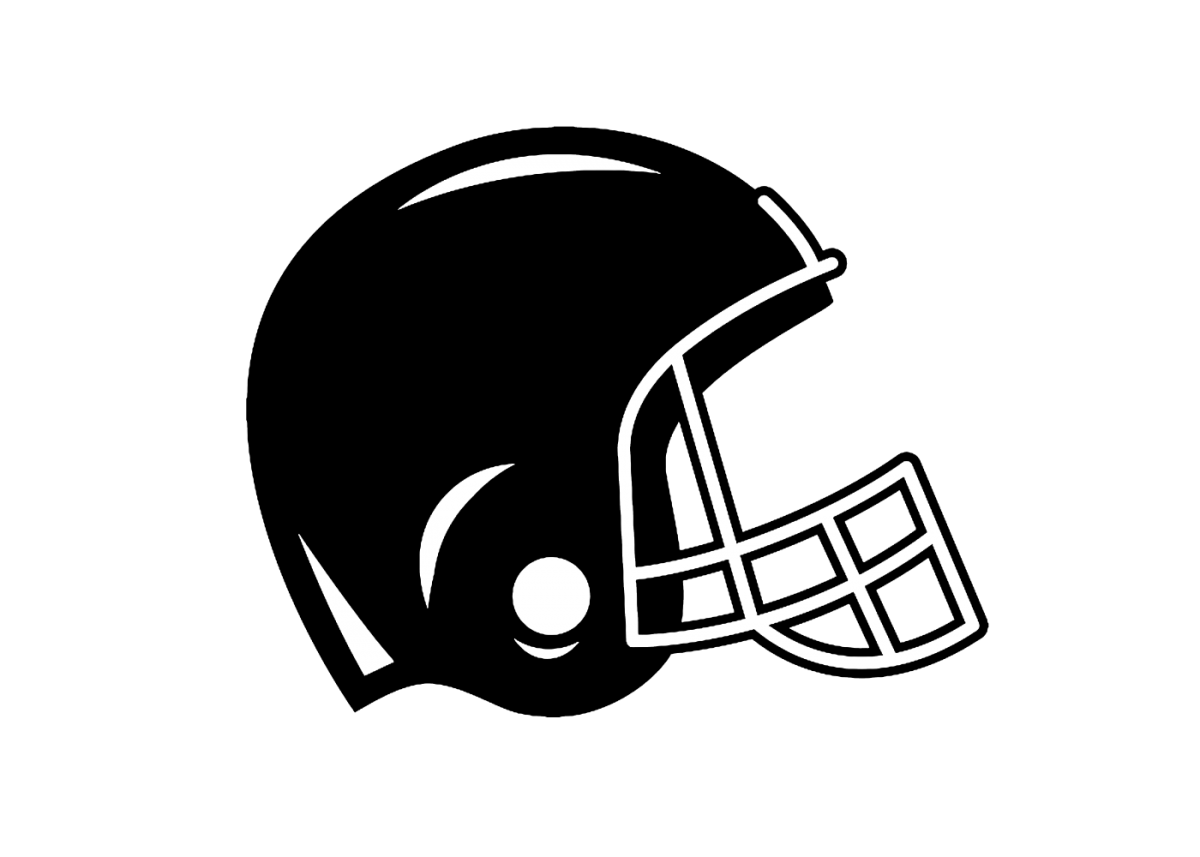Football and concussions: what now?
September 28, 2017
A recent survey examining the brains of NFL football players yielded jaw-dropping results. Now, a team of researchers at Brigham Young University (BYU) are working to develop a sports helmet foam with real-time concussion detection technology.
In a shocking report published last July, neuropathologist Dr. Ann McKee explained her findings. Out of 111 NFL players tested, all but one were found to have chronic traumatic encephalopathy (CTE), which is most often caused by repeated blows to the head.
Over the last decade, cranial injuries have become the root of significant controversy in the sports world. Companies have struggled to find solutions that are both non-interfering and effective, searching for a better way to track injuries during games. But it wasn’t until Jake Merrell, a mechanical engineering student at BYU, approached the sports head trauma challenge with new ideas that something truly promising was created.
Merrell and his team of researchers developed XOnano, a smartfoam composite that can be placed inside of a regular football helmet. With 90 percent accuracy, it has the ability to test the impact and power of hits during a game.
The concept of how XOnano functions is relatively simple. When the foam is compressed upon impact, nickel nano-particles generate static electric charge inside the foam. Through these electrical signals, data is collected by a conductive electrode and measured by an internal microcomputer. Static charge is representative of acceleration, energy and velocity – the bigger the hit, the higher the static charge. This information is then sent directly to a wireless handheld device. Within seconds, a coach or athletic trainer can know if they should pull their player off the field and test for a concussion.
“Our XOnano smartfoam sensors measure much more than just acceleration, which we see as a vital key to better diagnose head injuries,” Merrell said in an interview with BYU News. “The standard measurement systems on the market today directly measure the acceleration, but just measuring the acceleration is not enough and can even be erroneous.”
Despite their high accuracy rate during testing, it’s too early for Merrell and his team to know if any sports leagues will pick up XOnano smartfoam. They do know, however, that their invention far surpasses previous prototype devices. It operates quickly, documenting crucial information to keep concussed players off the field and hopefully prevent detrimental diagnoses from afflicting them later in their lives.





















